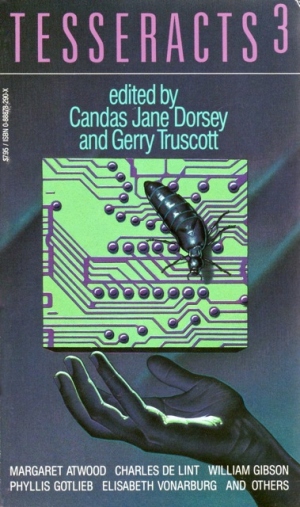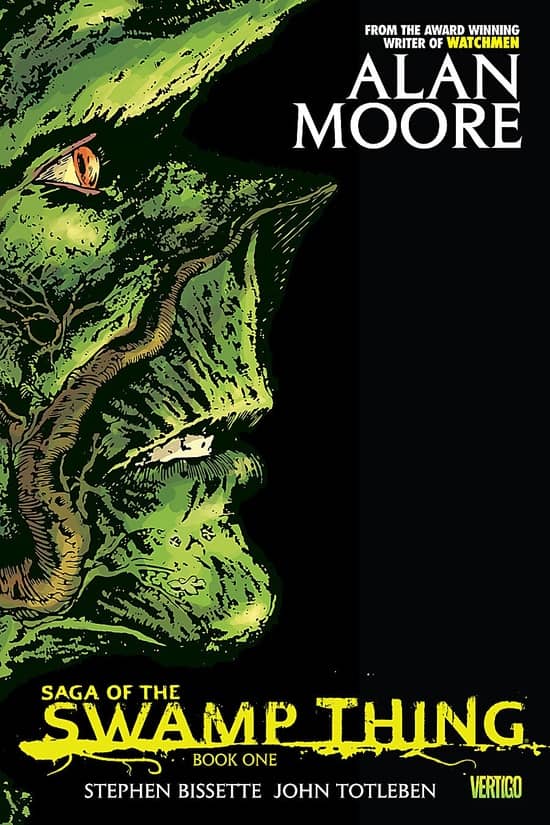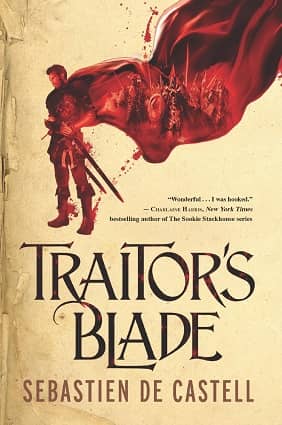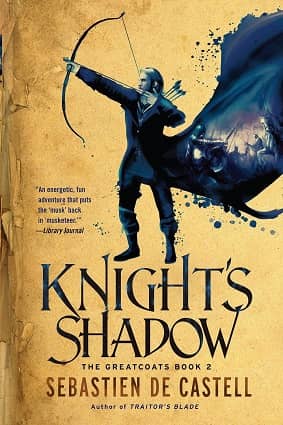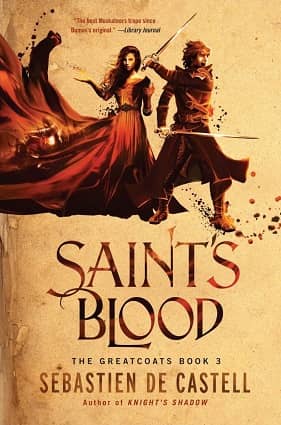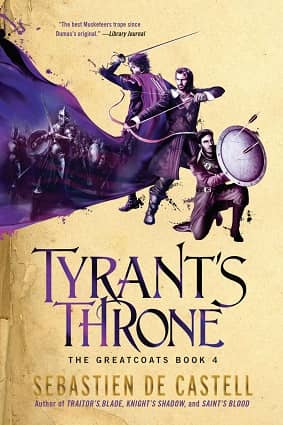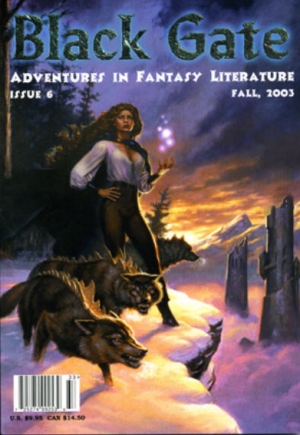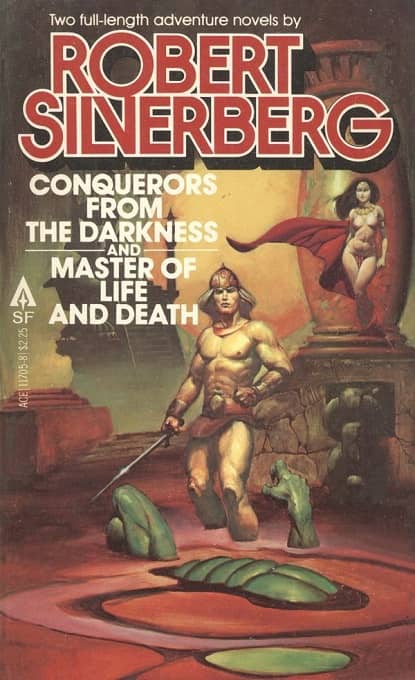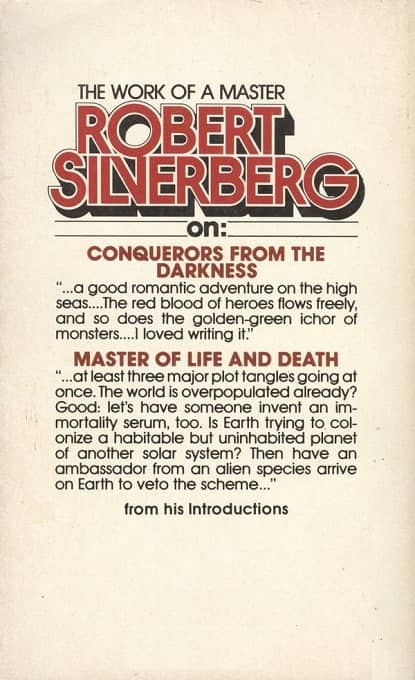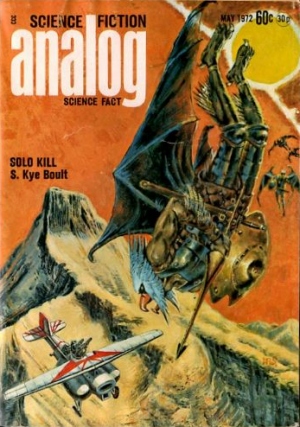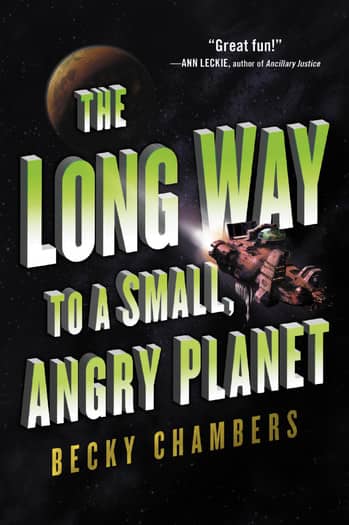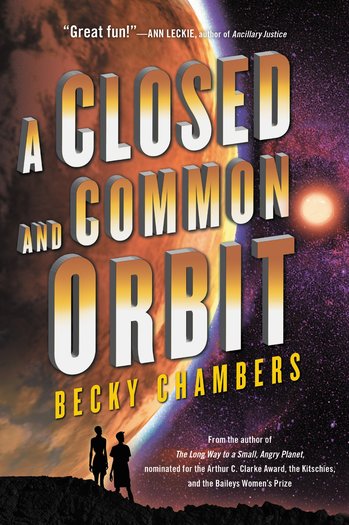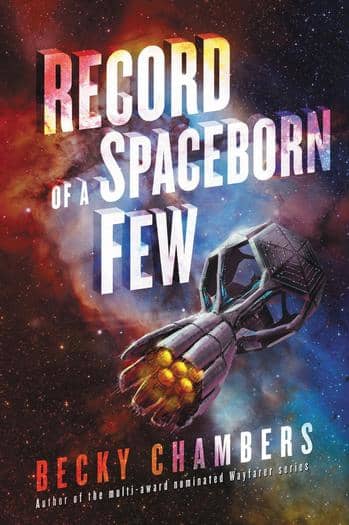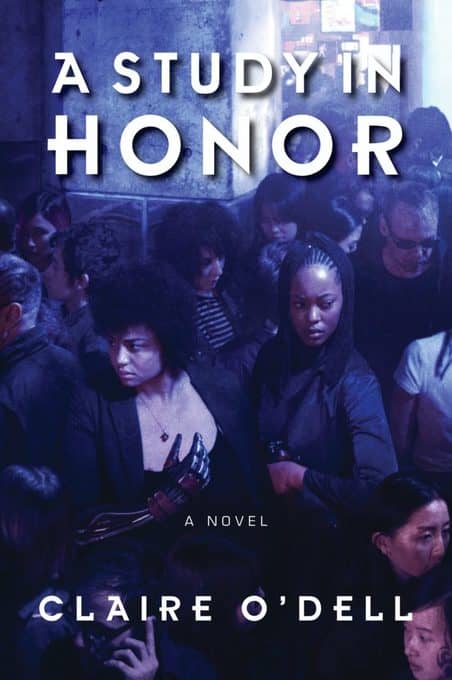The Big Little SF Magazines of the 1970s
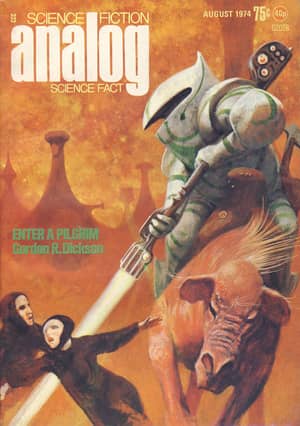 An earlier version of this article was published in Black Gate 10.
An earlier version of this article was published in Black Gate 10.
These columns are focused on the history of SF – and so far that has turned out to mean mostly discussion of 50s oriented subjects, with some leakage into nearer years. But now I’d like to take a look at a rather more recent, and rather less celebrated, period. The 1970s. The time of wide ties, leisure suits, and disco. And also the time I discovered SF, and the SF magazines.
My first look at real SF magazines is a moment I remember with a continued thrill. Sometime in late July 1974, in Alton Drugs in Naperville, IL, I wandered by the newsstand and my eyes lit on three magical covers: the August 1974 issues of Analog, Galaxy, and F&SF. That day I bought Analog. The cover story was “Enter a Pilgrim” by Gordon R. Dickson, with a striking, odd, John Schoenherr painting, featuring an alien with a lance and ceramic-appearing armor (a sort of Schoenherr trademark, that ceramic-like surface).
I read that issue quickly and the next day I bought Galaxy, which featured “The Day Before the Revolution,” an Ursula K. Le Guin story that would win a Hugo, as well as parts of two different serials – The Company of Glory by Edgar Pangborn and Orbitsville by Bob Shaw. Of course that issue was also read before the day was out, and the next day I bought F&SF – a very important issue in its own way: it featured John Varley’s first published story (or perhaps his co-first story, as we will see later.) It wasn’t long before I had added Amazing and Fantastic to the roster. Soon I was subscribing to several magazines, and buying the others each month at the newsstand.
Those five were all the major, well-distributed, magazines there were by 1975. Alas, I just missed seeing If, Galaxy’s long time companion: it was discontinued at the end of 1974, and for some reason my local newsstand didn’t carry it, at least not those last few months.
I had formed an opinion, based on received conventional wisdom, that the “Big Three” of SF magazines had been Astounding/Analog, F&SF, and Galaxy since 1950: certainly that was the case in 1975. (You will get an argument for many years prior to that, however: there are partisans for Startling Stories in the early 50s, for If at various times, especially during Frederik Pohl’s peak editorial period in the mid-60s, and for Amazing and Fantastic under Cele Goldsmith’s editorial hand in the early 60s.)
Galaxy, however, was in some financial trouble. Under Jim Baen’s editorship it enjoyed a couple of years as a truly wonderfully enjoyable magazine, but when he left the decline was swift. However, Galaxy’s place in the “Big Three” was quickly taken by Isaac Asimov’s Science Fiction Magazine. And throughout the 70s, the sister magazines Amazing and Fantastic, edited by Ted White, were the other major prozines.
